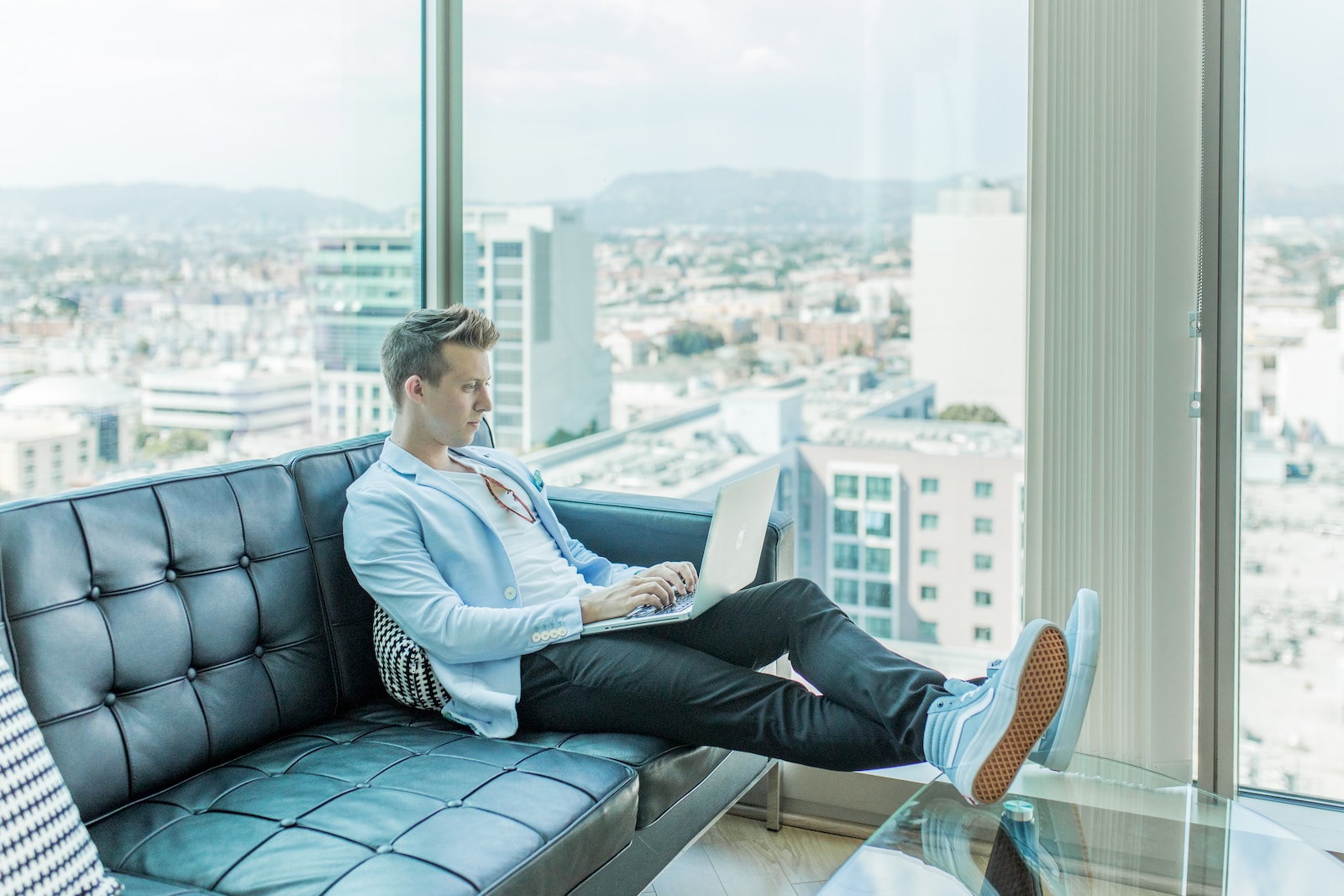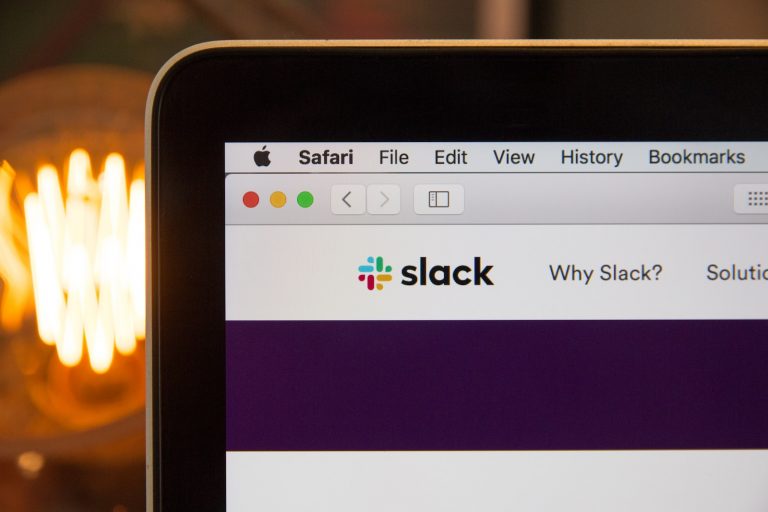The COVID-19 pandemic has forced many companies to adopt remote work as the new norm. While remote work offers many benefits such as flexibility and reduced commute time, it also brings its own set of challenges, especially when it comes to team collaboration. In this article, we will explore tips for effective team collaboration in remote settings to help remote teams work together seamlessly and achieve their goals.
1. Establish Clear Communication Channels:
Effective communication is the cornerstone of successful team collaboration, especially in remote settings. Establish clear communication channels for your team, such as email, instant messaging, video conferencing, and project management tools. Ensure that everyone on the team is aware of the communication channels and knows how to use them effectively. Encourage team members to communicate frequently and openly, ask questions, and provide feedback.
2. Set Clear Expectations:
Setting clear expectations is crucial for remote team collaboration. Establish clear guidelines and expectations for work hours, availability, response times, and deadlines. Ensure that everyone on the team is aware of the expectations and understands their role in achieving them. Encourage team members to communicate any issues or challenges that may impact their ability to meet expectations. By setting clear expectations, you can avoid confusion, reduce stress, and improve productivity.
3. Use Collaborative Tools:
Collaborative tools such as project management software, video conferencing, and file-sharing platforms are essential for remote team collaboration. These tools enable team members to work together seamlessly, share files, track progress, and communicate in real-time. Choose tools that are intuitive, user-friendly, and accessible to everyone on the team. Provide training and support to team members to ensure that they can use the tools effectively.
4. Foster a Team Culture:
Fostering a team culture is critical for remote team collaboration. Encourage team members to get to know one another, share their interests, and build personal connections. Schedule virtual team-building activities, such as online games, trivia, or happy hours, to promote team bonding. Celebrate team achievements and milestones, and recognize individual contributions. By fostering a team culture, you can build trust, improve morale, and promote collaboration.
5. Establish Clear Goals and Objectives:
Establishing clear goals and objectives is essential for remote team collaboration. Ensure that everyone on the team understands the goals and objectives and how their work contributes to achieving them. Use project management tools to track progress, identify roadblocks, and adjust plans as needed. Encourage team members to share their ideas and perspectives on how to achieve the goals and objectives. By establishing clear goals and objectives, you can align the team’s efforts and improve productivity.
6. Encourage Flexibility:
Working remotely offers flexibility, but it also requires flexibility from team members. Encourage team members to be flexible with their work hours, especially if they are working across different time zones. Allow team members to take breaks and manage their workload according to their preferences. Encourage team members to communicate any issues or challenges that may impact their ability to work flexibly. By encouraging flexibility, you can reduce stress and improve work-life balance.
7. Provide Regular Feedback:
Providing regular feedback is essential for remote team collaboration. Schedule regular check-ins with team members to provide feedback on their work, discuss progress, and identify areas for improvement. Use collaborative tools to provide feedback in real-time, such as commenting on documents or using video conferencing to discuss ideas. Encourage team members to provide feedback to one another, promoting a culture of continuous improvement. By providing regular feedback, you can improve performance, build trust, and promote collaboration.
8. Encourage Continuous Learning:
Encouraging continuous learning is crucial for remote team collaboration. Provide opportunities for team members to learn new skills, such as online training programs or webinars. Encourage team members to share their knowledge and expertise with one another. Use collaborative tools to share resources and knowledge, such as creating a shared knowledge base or a library of best practices. By encouraging continuous learning, you can improve the team’s skills and knowledge, promote innovation, and improve productivity.

Here are some additional tips for effective team collaboration in remote settings:
- Use video conferencing for important meetings. Video conferencing is a great way to build rapport and trust with your team members. It also allows you to see facial expressions and body language, which can be helpful for communication.
- Take breaks. It’s important to take breaks when you’re working remotely, especially if you’re working from home. Get up and move around, or take a few minutes to step outside. This will help you to stay refreshed and focused.
- Set boundaries. It can be difficult to set boundaries when you’re working remotely. Make sure to set aside time for work and time for personal activities. This will help you to avoid burnout.
- Take care of yourself. It’s important to take care of your physical and mental health when you’re working remotely. Make sure to eat healthy foods, get enough sleep, and exercise regularly. This will help you to stay energized and productive.
By following these tips, you can create an effective and productive remote team.
Conclusion: Effective team collaboration is critical for remote teams to achieve their goals and succeed. By establishing clear communication channels, setting clear expectations, using collaborative tools, fostering a team culture, establishing clear goals and objectives, encouraging flexibility, providing regular feedback, and encouraging continuous learning, remote teams can work together seamlessly and achieve their goals. Remember, effective team collaboration requires consistent effort and commitment from everyone on the team.




